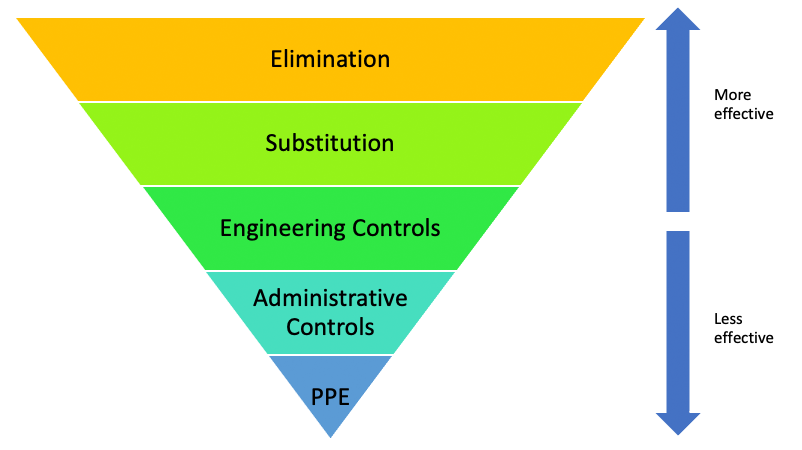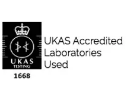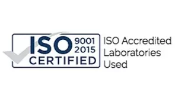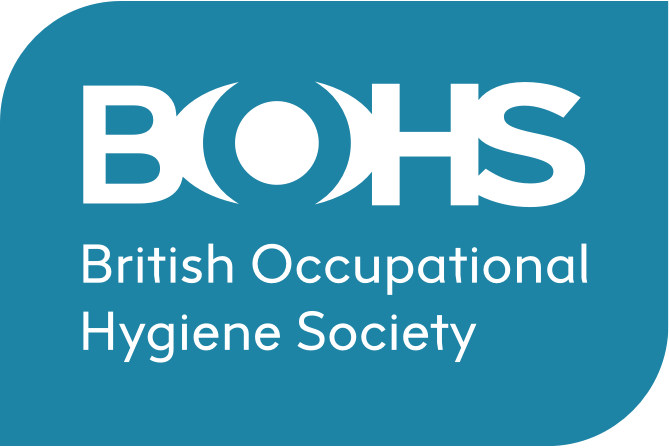Resources
Key Principles of Respiratory Protective Equipment (RPE)
Respiratory Protective Equipment (RPE) is used to protect the wearer from exposure to respiratory hazards. This can include; asbestos, biological contaminants (including viruses), dusts, vapours etc.
COSHH Regulations state that employers have a legal responsibility to control substances hazardous to health and to prevent or adequately control employee exposure to those substances.
In relation to RPE this means employers must ensure the mask is suitable for the task, wearer and environment. In the case of face seal dependent respirators, such as FFP2 and FFP3, the wearer must also undergo a fit-test by a competent person.
There are two main types of RPE:
- Respirators (filter the air to remove harmful substances); and
- Breathing apparatus (provide clean air for the worker to breathe).
Both are available in a range of styles, divided into two main groups:
- Tight-fitting facepieces (rely on having a good seal with the wearer’s face); and
- Loose-fitting facepieces (rely on enough clean air being provided to the wearer to prevent contaminant leaking in).
The appropriate selection, use, and maintenance of RPE can be complex for those unfamiliar with the topic.
Our occupational hygienists are accustomed to RPE use in a variety of settings, and recommend the following tips:
- RPE should be the last option, have you considered the hierarchy of control?

- All people involved in the selection, use, storage and maintenance (if required) of RPE should be trained.
- Is the RPE adequate to reduce exposure to the level required to protect the wearer’s health? Check which filter you need and the assigned protection factor (APF) – the HSE’s HSG53 Respiratory Protective Equipment at work is a useful resource.
- Is the RPE suitable for the wearer? If it is tight-fitting, you will need a fit-test before use, preferably by someone who is Fit2Fit accredited.
- Is the RPE suitable for the task? For example, how long will the task take? It is recommended that face seal dependant RPE is not worn continuously for more than one hour with the wearer taking a break between consecutive uses.
- Is the RPE suitable for the environment? For example, a loose-fitting respirator may be more suitable in hot and humid conditions as they do not rely on a tight seal with the face.
How can we help?
At Pragma, our aim is to make health and safety simple for you.
We will work with you and use our knowledge and expertise to assist you in understanding your particular health and safety requirements and guide you to implement and maintain the most effective control measures to ensure the continuing protection of the health of your staff.
Where RPE is required, we can evaluate your needs and advise you of the most practicable and cost-effective solution for your practice.
We have experts readily available to carry out face-fit testing, provide training to your employees, and answer any queries or concerns regarding RPE. Email rosiemckay@pragmaandassociates.co.uk for more information.
If you have any queries or need some information regarding RPE please get in touch here.









